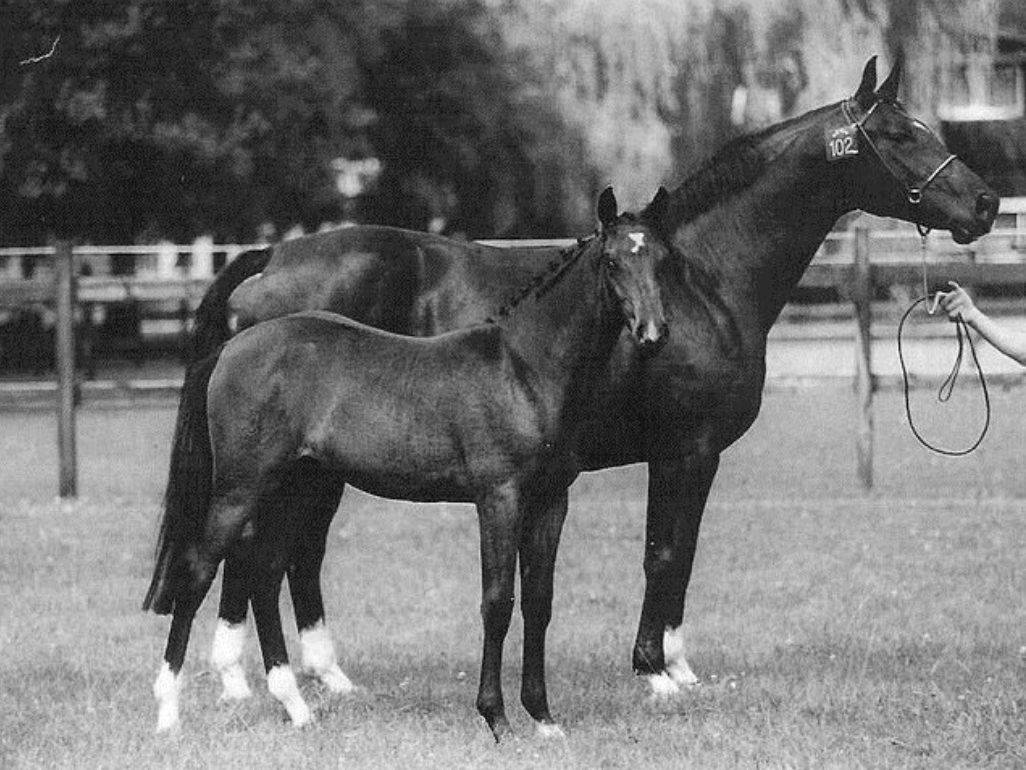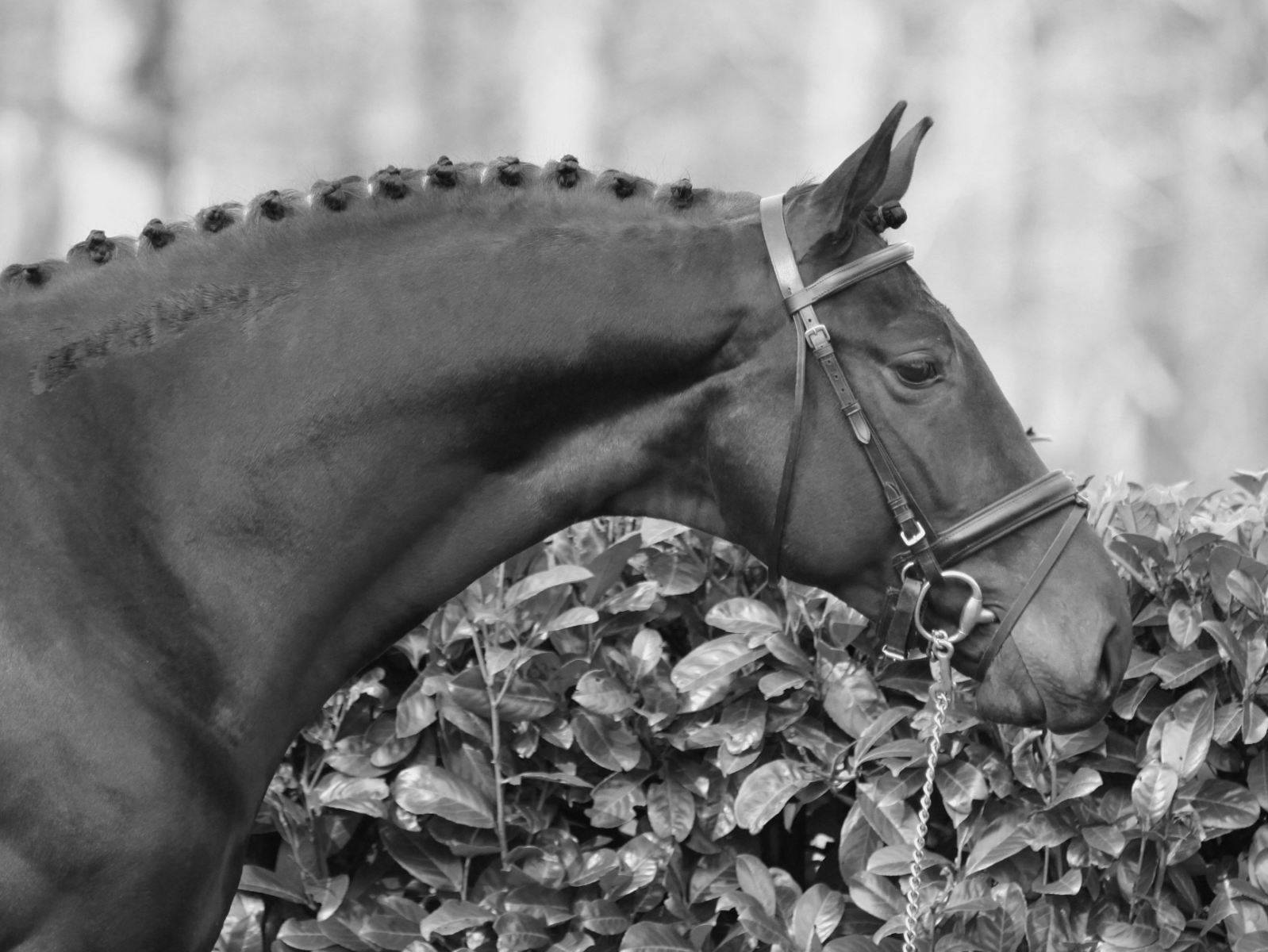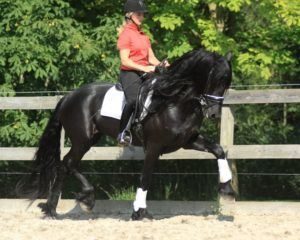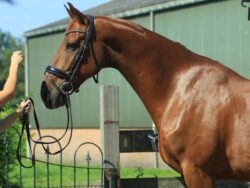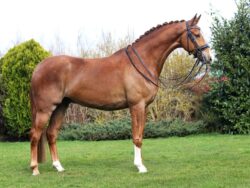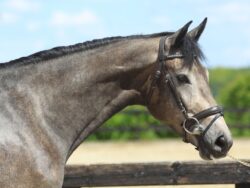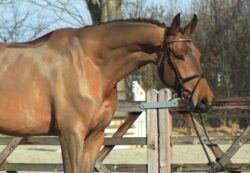History of Dutch Warmbloods / KWPN Horse. Warmbloods have been bred in Holland for many years. Registered Dutch Warmblood horse breeding is over a century old.
History of Dutch Warmbloods
King Willem II recognized the first Dutch warmbloods studbook organization in 1887 and so laid the basis for regulated Warmbloods breeding.
During the 19th century several regional and local studbook organizations bred horses specifically for farming. For working the clay soil of the north (Groningen) and heavier horses were needed than on the sandy soil of the middle Netherlands (Gelderland) where a more noble and spirited horse was popular; a horse with faster action and good stamina.
Both types of warmbloods horses were regularly crossed and in 1969 these two organizations were combined into the national studbook organization WPN (Warmblood horses studbook of the Netherlands), which received the Royal designation (koninkrijk) from Queen Beatrix in 1988. The KWPN (Royal Dutch Warmblood Horses Studbook of the Netherlands) currently has more than 28,000 members. Breeders of the Royal Dutch warmbloods have been organized for many years.
